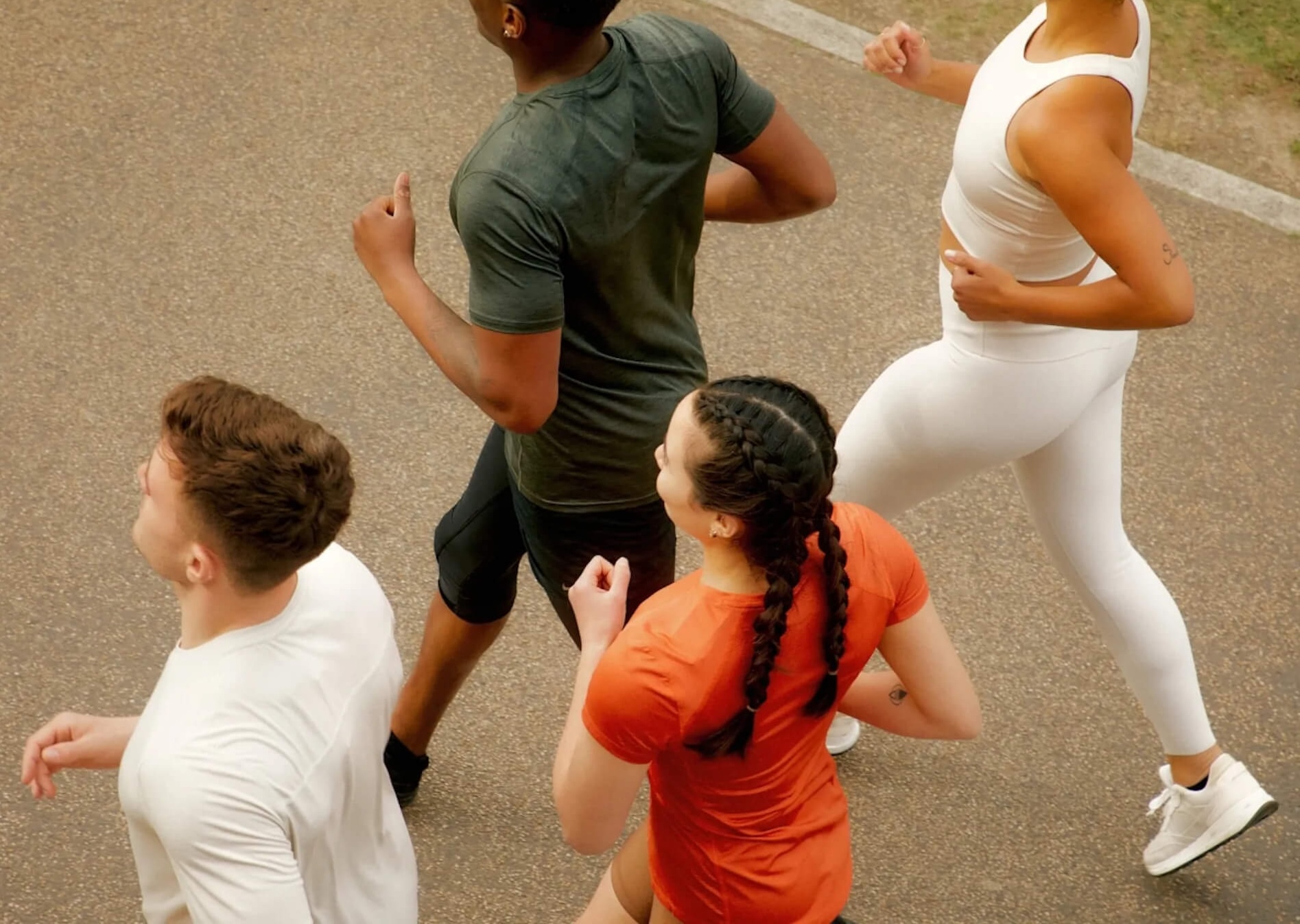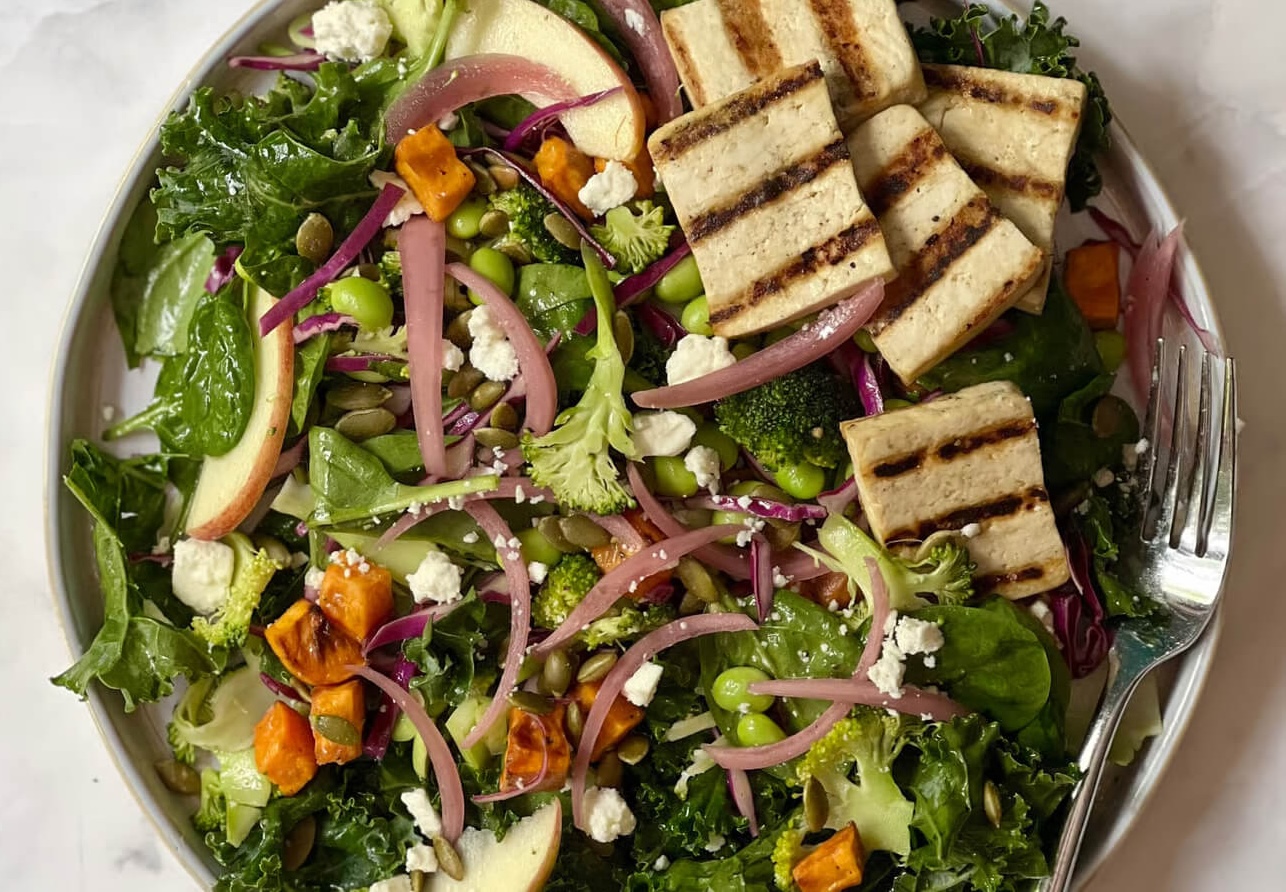Osteoporosis Isn't Just For Older People. It Starts In Your 20s.
Osteoporosis doesn’t start in old age—it starts in your 20s. Here’s how to protect your bones now, before it’s too late.

25 to 30 years old. That’s when bones reach their maximum strength and density. (Never again will your body naturally build more bone!) As you age, your body withdraws from this “bone bank” to maintain calcium levels for essential biological processes.
But here’s the thing:
When these withdrawals exceed what your initial bone bank contained, bone density drops below healthy thresholds. First comes osteopenia (low bone density), then osteoporosis (dangerously fragile bones).
In other words, the smaller your bone bank from those early years, the faster you’ll reach these dangerous thresholds where even minor falls can cause life-altering fractures.
So why weren’t we shown how to invest in our bone strength during our 20s?
Osteoporosis Begins In Your 20s
The culprit? A society that writes off osteoporosis as a condition reserved for “older women.” The reality is that osteoporosis begins decades earlier, and it affects both women and men!
In fact, by age 18 in girls and age 20 in boys, up to 90% of their peak bone mass has already been built, with the remaining 10% continuing to develop until age 30. (Chan et al., 2018). (Please share this fact with any high school or college student you know and love!)
But most young people don’t know this. And if they sabotage their initial bone health through poor diet, low physical activity, or hormone imbalances (such as hypothalamic amenorrhea or low estrogen), they start with a deficit, and this deficit sets the stage for osteoporosis decades later.
Is It Too Late?
“Jen, I missed my bone-building window. Am I too late?”
Absolutely not! It’s never too late to build or preserve bone. There are a few things you can do:
How to Preserve Bone Density With Resistance Training
Lifting weights (or resistance training) is one of the most powerful non-pharmaceutical ways for women after menopause to build bone density. Full stop.
Here’s how it works: Bones are living tissues that respond to stress. Just like muscles, when you lift weights, the mechanical load creates teeny-tiny strains in your bones.
These micro-stresses trigger osteoblasts—bone-building cells that lay down new bone tissue. This process of turning mechanical stress into bone growth is called mechanotransduction. (Honestly, how fun is that word to say!?).
Why This Matters To Women
This process is critical to women. After menopause, our estrogen levels—which are key to maintaining bone balance—drop. Without estrogen, bone breakdown (by osteoclasts) outpaces bone formation, leading to—you guessed it—bone loss and increased fracture risk.
But resistance training can counteract this imbalance.
A study found that postmenopausal women who engaged in high-intensity resistance and impact training (deadlifts, squats, and overhead presses) significantly increased bone density at the spine and hip, the two most fracture-prone areas in osteoporosis (Watson et al., 2019).
So while weighted vests are trendy, we need more than that. A lot more. We need to lift serious, progressively heavier weights that challenge our entire skeletal system.
Your Resistance Training Regimen
Here’s your guide to weight training for maintaining bone health:
- Lift heavy. Use weights that are challenging (approximately 70-85% of your one-rep maximum). This means weights you can only lift 8-12 times before needing to rest!
- Focus on compound movements. Prioritize weight-bearing exercises that work multiple muscle groups (squats, lunges, step-ups, rows, overhead presses).
- Consistency is key. Aim to train 2–3 times per week.
Let’s talk osteoporosis screening. The U.S. Preventive Services Task Force (USPSTF) recommends that women aged 65 or older be screened for osteoporosis.
I have never agreed with them, nor did I follow them.
To me, this was a classic example of: “Why wait until it is too late for prevention?” I’ve had several patients whom I diagnosed with osteoporosis at 51 when they went through menopause.
Because screening is easy, safe, and inexpensive, I believe in disregarding the USPSTF. Talk to your doctor about getting a Dual-Energy X-ray (DEXA) before age 65, if appropriate.
4 More Ways to Build Muscle Density
Beyond resistance training, here are a few more strategies for strong bones:
Get calcium from food, not pills. Aim for 1,200 mg of calcium per day from dairy, leafy greens, fortified foods, etc.
A Word On Calcium Supplements: Research from around 10 years ago showed that post-menopausal women who consumed 1,2000 mg per day of calcium in supplemental form (not food) found that:
• They did not have a lower rate of osteoporotic hip fractures than those who didn’t take calcium
• They did have an increased risk of cardiac events
The theory is that supplemental calcium may deposit in heart arteries, potentially increasing the risk of blockage. For this reason, it’s recommended we get our calcium from real food, not pills.
- Prioritize protein. Consume about 1.6g per kg of body weight daily.
- Ditch bone-draining habits. Avoid smoking and limit alcohol, both of which accelerate bone loss.
- Consider medication when appropriate. Ask your doctor about bisphosphonates or other bone-preserving medications if you're at high risk.
The best time to build bone health was in our 20s. The second-best time is now! 🦴


